The tulip poplar or tulip tree has yellow-orange flowers with tulip-shaped-like but is not related to tulips. Its beauty adds aesthetic to your garden. You probably planted a tulip tree and wondered why it hasn't bloomed. Well, we've done plenty of research and have the answer below!
Generally, tulip trees bloom in late spring and will last until early fall. However, they do not bloom until they reach fifteen years old, so this can take some waiting.
Now that you learned when the tulip poplar blooms, let's dive into the fundamental knowledge and other related topics. Read throughout this post to learn more about tulip trees and how to care for them.
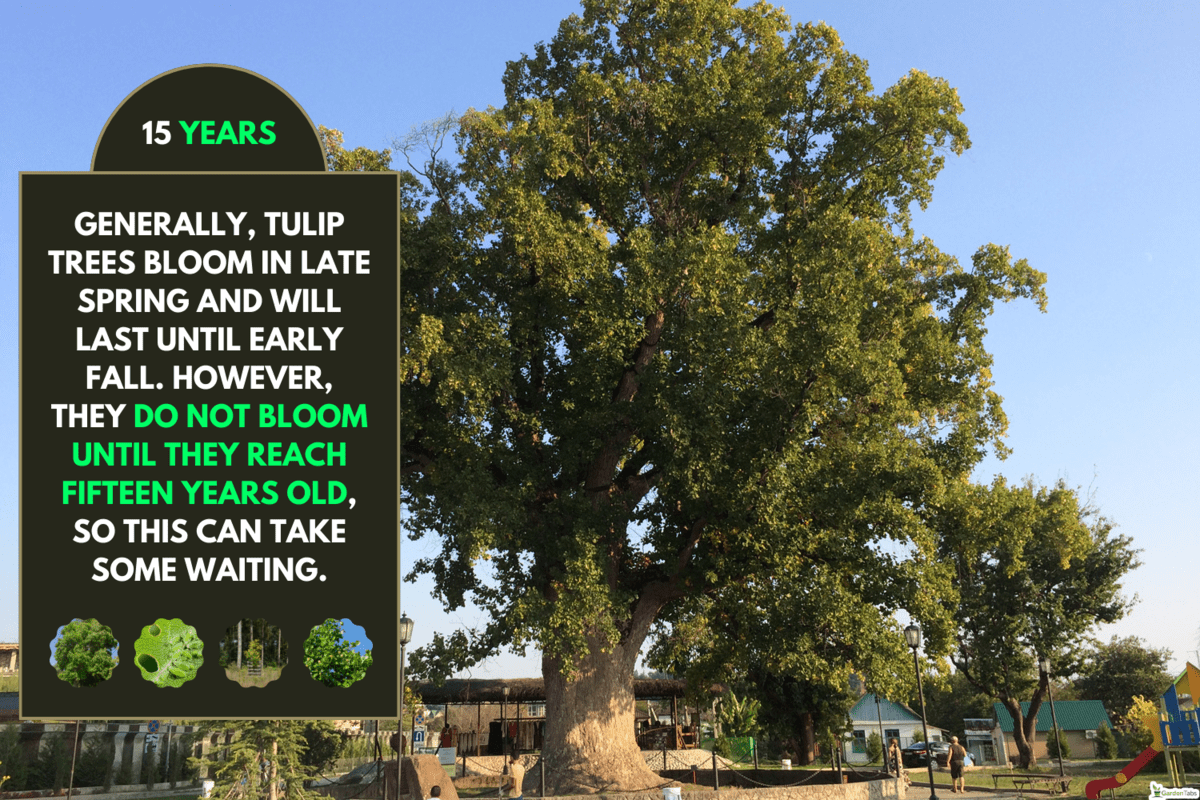
When Does A Tulip Tree Bloom?
Tulip tree starts to bloom from late May to June, although it will take longer in its first bloom. The blooms will last until the early fall season. The blooms are tulip-like with shades of green, orange, and cream.
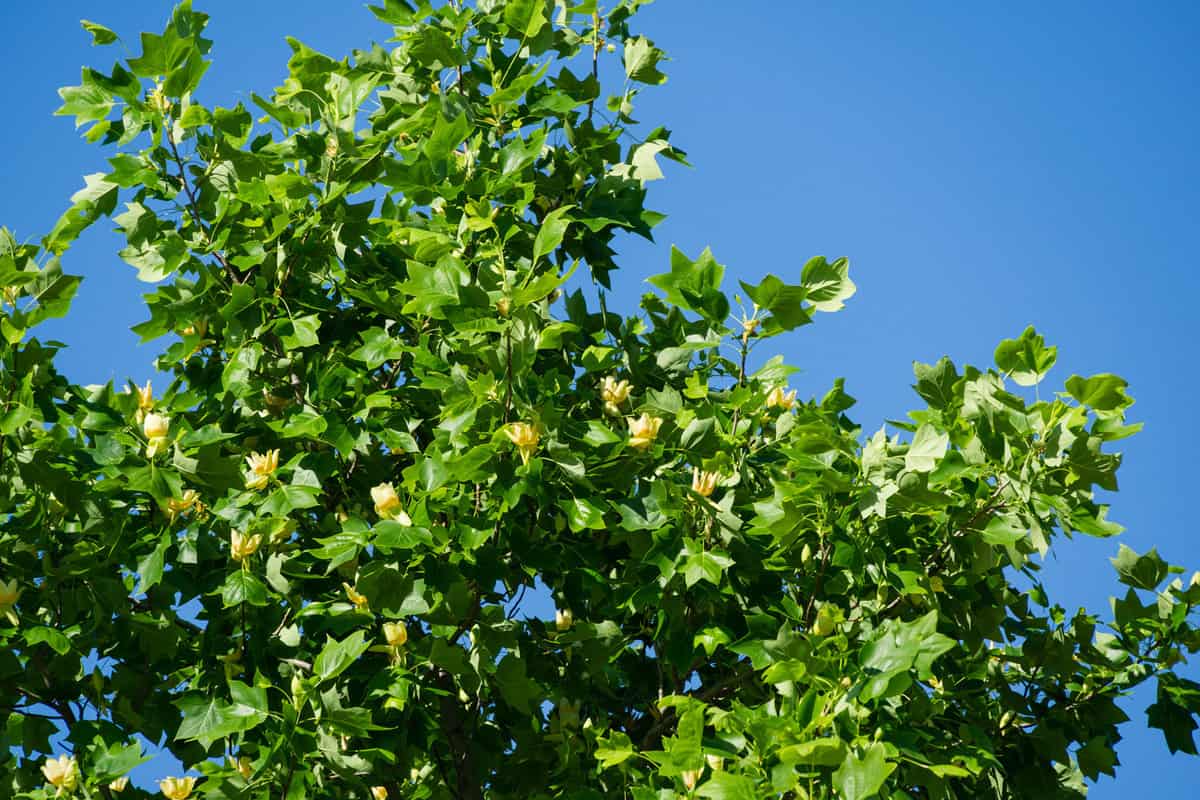
The tulip tree is part of a magnolia family, where it grows from 70 to 90 feet high, and its canopy spreads out from 30 to 50 feet in diameter. The flowers grow from 1.5 inches to 2 inches in diameter.
Why Isn't My Tulip Tree Growing Flowers?
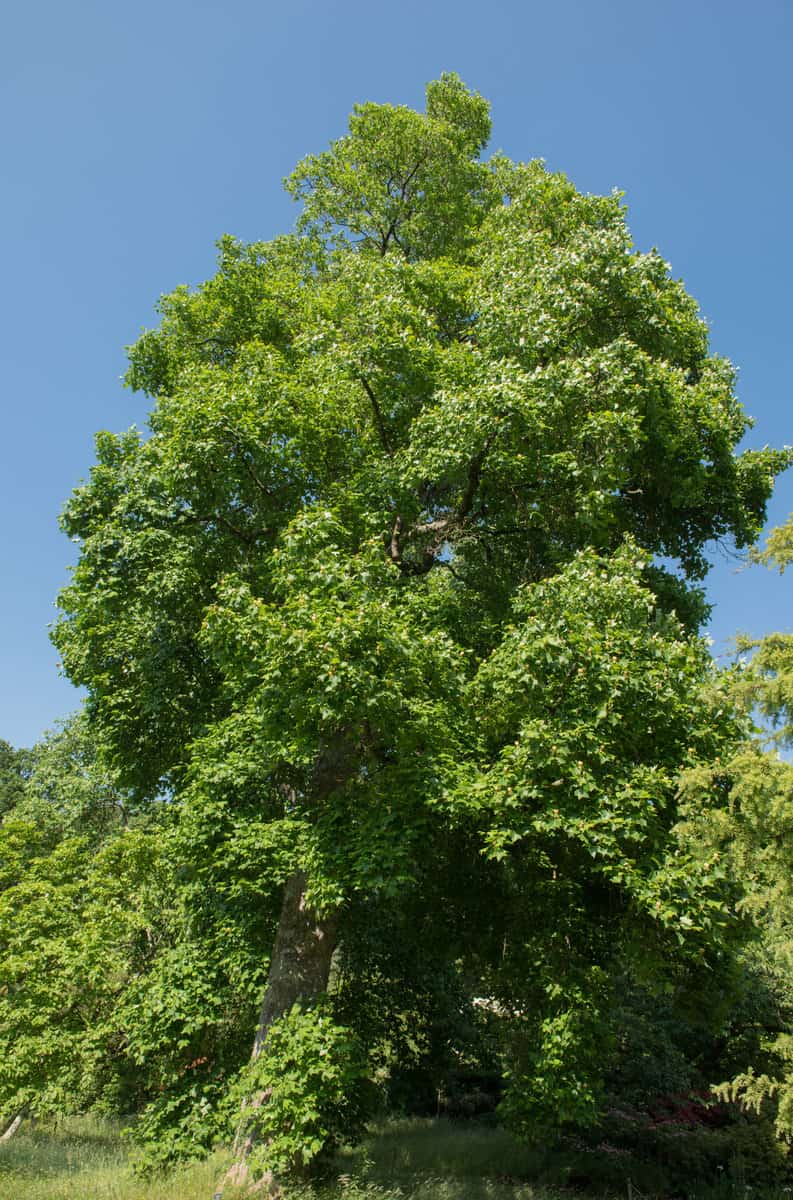
The tulip tree grows 25 inches a year and gets slower when it gets older. This tree rapidly grows, but they bloom at least around 15 years old.
If the tree does not bloom after reaching the blooming age, there could be an underlying cause. Cold weather is one main reason the tree doesn't bloom at all. You may want to wait until next spring to see if it starts blooming.
When Is The Best Time To Plant A Tulip Tree?
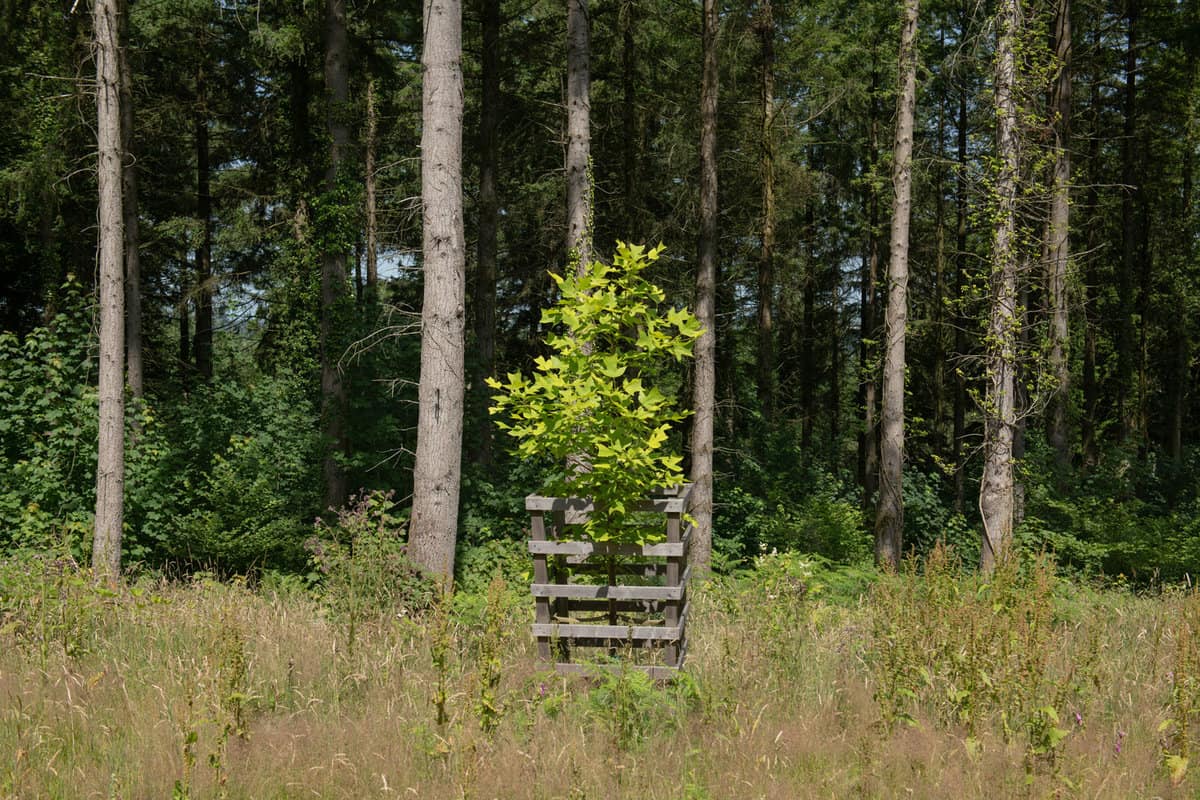
It is best to plant tulip trees around the spring and early fall seasons to establish their roots before winter arrives. Here are some other steps to consider:
- Find a spot with good sunlight and moist but well-drained soil. Tulip tree also loves soil with compost mix.
- Tulip tree seedlings need protection once winter arrives. Surround the seedlings with shredded bark mulch to retain moisture and insulate the roots.
- Water twice a month in the fall and winter seasons.
Why Do Tulip Trees Fall So Easily?
Tulip tree branches and limbs become brittle as they grow and age, which is why they easily break when there are storms and strong winds.
Tulip trees are hazardous when planted along main roads, driveways, homes, streets, and infrastructures.
Aside from that, the crown is heavy, but the root lack depth or solidity, which is a threat when flood flows or lightning hits the tree.
Why Is My Tulip Tree Dying?
There are several factors why tulip tree is dying. These typically include:
Underwatering
Tulip tree needs enough moist soil to thrive. Water the plant regularly and ensure the topsoil is wet but not soggy. You can mulch the tree surrounding to trap moisture during the hot season.
Root Rot
Armillaria root rot causes the roots not to absorb any water or nutrient to supply to the rest of the tree. Non-absorption of necessary nutrients and water happens when the soil is soggy or watery.
Avoid watering the tree ground while armillaria root rot is present. Much better if you move the tree to another place in a dry condition. Armillaria root rot does not activate in a dry environment.
Transplanting
Transplanting may cause stress or shock to the roots. It may take years before the root system can support the entire tree after digging and transplanting.
Transplanting may cause the tree roots to be vulnerable to diseases, pests, and other issues.
- Rotting powder can also be applied on trees to lessen transplanting shock.
- Ensure that the new soil is well-drained. Water the tree base adequately after transplanting.
View this Bonide Rooting Powder on Amazon.
Insect Infestation
Several insects feed off of tulip trees. An insect infestation may cause severe damage to the tree and cause them to die eventually. Some insects on tulip trees are as follows:
Yellow Poplar Weevils
The yellow poplar weevils, black snout beetles, or magnolia weevils are leaf feeders that damage magnolia, tulip trees, and sassafras.
They are unnoticeable black-brown, small weevils with long snouts. Yellow poplar weevils chew on leaves and buds, creating holes like a grain of rice. Their offspring leaf miners also damage the leaf tissues.
Aphids
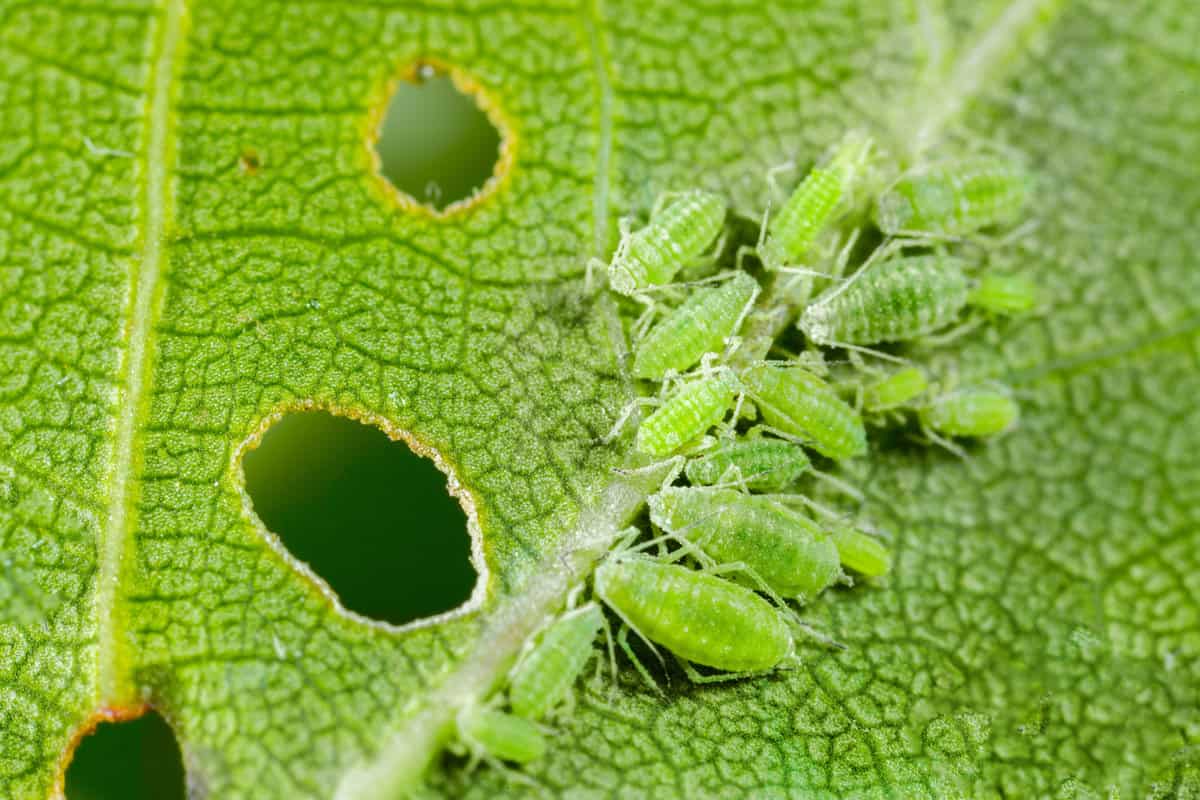
Aphids feed from saps, flower buds, and fruits. They produce honeydew where sooty mold can grow. The tree leaves develop black spots produced by sooty molds.
Tulip Tree Scale

Tulip tree scales suck the tree twig and sap, producing honeydew that ants feed off. Sooty mold grows from the honeydew they release.
Calico Scales
Calico scale is also a type of insect that produces honeydew. Sooty mold caused by calico scale's honeydew can cover the tree branches, twigs, and leaves.
How To Control Insects On Tulip Trees
Insecticides and pesticides can control insects and prevent spreading from one tree to another. Here are some recommended products to use:
Trifecta Crop Control
Trifecta crop control is a natural fungicide, pesticide, insecticide, and miticide that helps fight botrytis, mildew, molds, spider mites, aphids, and more.
You can use Trifecta on fruits, vegetables, spices, herbs, ornamental plants, trees, shrubs, etc.
Click here to check Trifecta on Amazon.
Natria Neem Oil SPray For Plants
Natria Neem Oil Fungicide fights harmful insects in all life stages and prevents fungal infections such as mites, fruit flies, caterpillars, aphids, beetle, and more.
Neem Oil is organic and can spray directly on various indoor and outdoor plants.
Click here to check Natri Neem Oil on Amazon.
BioAdvanced Fungicide, Insecticide, and Miticide 3-In-1
BioAdvanced is a 3-in-1 formula to fight diseases, insects, and mites on trees, roses, flowers, and shrubs. It can kill harmful insects such as aphids, caterpillars, Japanese beetles, and more.
BioAdvanced controls black spots, powdery mildew, and other plant diseases. It is rainproof and lasts up to 30 days after application.
Click here to check BioAdvanced 3-in-1 spray on Amazon.
Garden Safe Insecticidal Soap
For organic gardening, you can safely use insecticidal soap on harvest day.
It contains fatty acid salts that control pests. Best used for indoor and outdoor plants such as fruits, trees, vegetables, flowers, shrubs, and ornamental plants. Spray directly on all parts of the plant.
Click here to check insecticidal soap on Amazon.
Monterey Garden Insect Spray
Garden Insect Spray is an odorless and fast-acting insecticide that controls fire ants, borers, leafminers, caterpillars, and more. Monterey is organic, which is safe to use around pets and humans.
See this Insect Spray on Amazon.
Care Tips For A Tulip Tree
Tulip Trees are low-maintenance once established. Here is how to take care of tulip trees:
Proper Watering
The most integral part of caring for tulip poplars is proper watering since they are drought-sensitive.
Watering the tree daily for the first two weeks after planting is sufficient to maintain the moisture level in the soil. Reduce watering from daily to every two days within one month, then once every week until the roots have established.
Fertilizing
Tulip tree doesn't need fertilizer, but it is beneficial in the first few years of planting to promote healthy roots and stable growth. Stake, Granular, or liquid fertilizer can work for tulip trees.
Check out Jobe's Spike Fertilizer on Amazon.
Pruning
Pruning helps the tree to keep its shape and size control. The large, brittle branches can harm passersby and other structures.
For the safety of your family and your neighbors, cut the dead and long branches that obstruct the view, or possibly someone could be hit if the branches fall out.
Soil
The soil needs slightly acidic, well-drained, and deep soil mixed with compost. The acid should be between 5.0 to 80.0 pH level. Any soil type that doesn't hold much water will work for the tulip tree to thrive.
To Finish
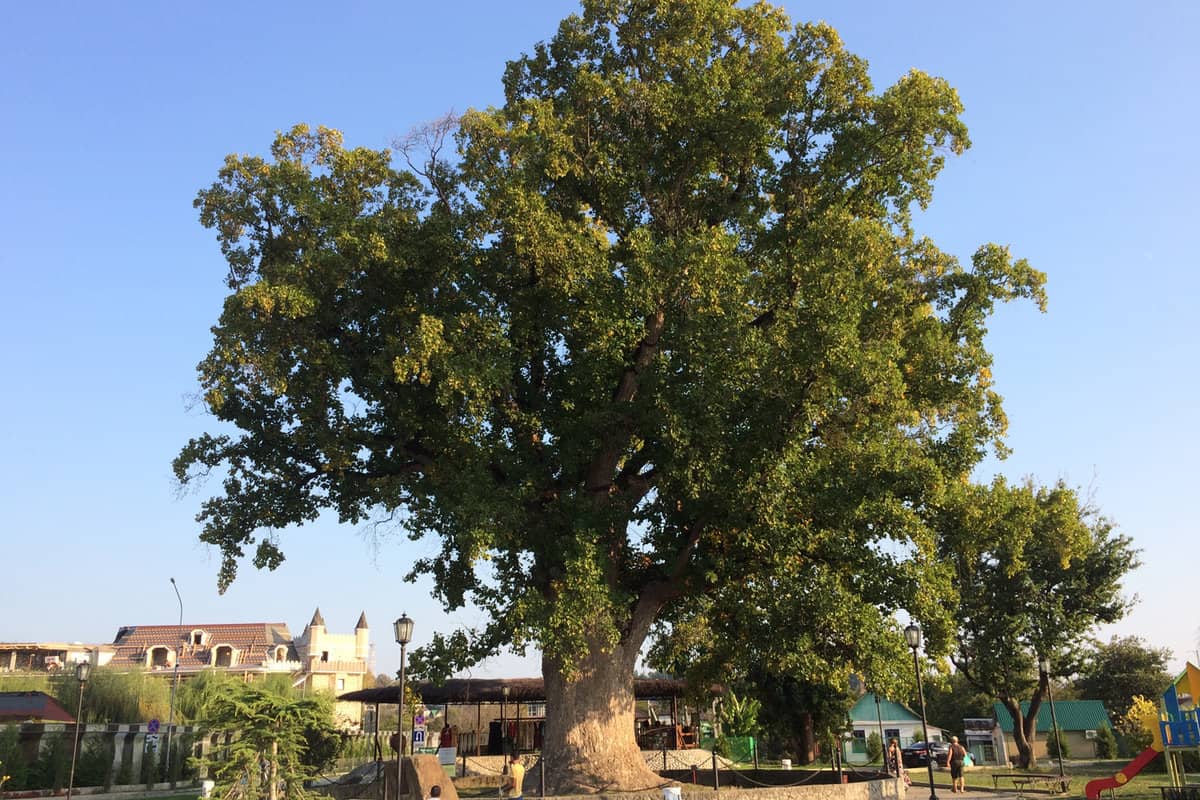
Now that you learned that tulip poplar first blooms appear at the age of 15 years old during late spring and blooms last until early fall. Knowing the basics will not fret you why your tree hasn't bloomed yet.
If you planted it from seeds, you already know how old your tree is. If you bought a young tulip tree and transplanted it in your yard, you should ask the seller about the tree's age.
Made it to the end? Check out these super helpful related posts below!
When To Apply Fertilizer After Transplanting
Pesticides Vs. Insecticide; Which Is Best For Your Home Vegetable Garden?







